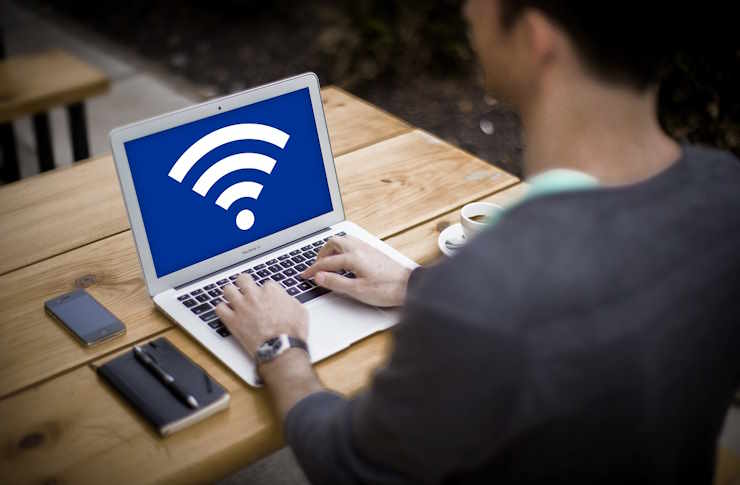Anxiety in the Digital Age: Navigating Modern Stressors
Anxiety has been a part of the human experience since time immemorial, but its manifestations and triggers have evolved significantly in recent years. The digital age has ushered in a new era of connectivity, information overload, and constant stimulation, fundamentally altering the way we interact with the world and each other. This shift has brought about unique challenges to our mental wellbeing, particularly in the realm of anxiety disorders. As we navigate this increasingly complex landscape, it's crucial to understand how modern technology and societal changes are impacting our psychological health and explore strategies for maintaining balance in an ever-connected world.

Information Overload and Decision Fatigue
In today’s world, we are bombarded with an unprecedented volume of information on a daily basis. While access to information can be empowering, the sheer quantity can overwhelm our cognitive capacities, leading to decision fatigue and analysis paralysis. This constant influx of data, coupled with the pressure to stay informed about global events, can exacerbate feelings of anxiety and helplessness. The challenge lies in striking a balance between staying informed and protecting our mental health from the onslaught of often negative news cycles.
The Blurring of Work-Life Boundaries
The advent of remote work technologies has revolutionized the way we approach our professional lives, offering greater flexibility but also blurring the lines between work and personal time. This constant connectivity can lead to difficulties in disengaging from work-related stressors, potentially contributing to burnout and chronic anxiety. The expectation of immediate responsiveness, facilitated by instant messaging and email notifications, can create a pervasive sense of urgency that undermines our ability to relax and recharge.
Social Media and Self-Perception
While social media platforms offer unprecedented opportunities for connection and self-expression, they also present unique challenges to our mental wellbeing. The curated nature of online personas can foster unrealistic expectations and harmful comparisons, leading to feelings of inadequacy and anxiety about one’s own life and achievements. Moreover, the addictive design of these platforms can create a cycle of compulsive checking and validation-seeking behavior, further exacerbating anxiety symptoms.
The Impact of Constant Connectivity on Relationships
The digital age has transformed the way we form and maintain relationships, offering new avenues for connection but also introducing novel sources of anxiety. The pressure to be constantly available and responsive can strain personal relationships and create anxiety around social obligations. Additionally, the ease of digital communication may lead to a decrease in face-to-face interactions, potentially impacting our ability to develop and maintain deep, meaningful connections in the physical world.
Strategies for Managing Digital-Age Anxiety
As we grapple with these new sources of anxiety, it’s essential to develop coping strategies tailored to the digital landscape. Implementing digital detoxes, setting boundaries around technology use, and practicing mindfulness can help mitigate the negative impacts of constant connectivity. Cultivating real-world connections and engaging in activities that promote presence and flow states can serve as powerful antidotes to the scattered attention and chronic stress often associated with digital life.
The Role of Mental Health Technology
Ironically, technology itself may offer solutions to some of the anxiety problems it has created. Mental health apps, online therapy platforms, and digital wellness tools are emerging as valuable resources for managing anxiety in the modern world. These technologies can provide accessible, personalized support and help individuals develop healthier relationships with digital media. However, it’s crucial to approach these tools critically and ensure they complement rather than replace traditional forms of mental health care.
Reimagining Education and Work in the Digital Age
As we continue to navigate the challenges of the digital era, there’s a growing need to reimagine our approaches to education and work. Incorporating digital literacy and mental health education into school curricula can equip future generations with the tools to navigate online spaces more healthily. In the workplace, fostering cultures that prioritize work-life balance and mental wellbeing can help mitigate the anxiety-inducing aspects of constant connectivity and performance pressure.
The Future of Anxiety Management
Looking ahead, the field of anxiety management is likely to evolve in tandem with technological advancements. Virtual reality exposure therapy, AI-powered mental health assistants, and neurofeedback technologies are just a few examples of innovative approaches that may shape the future of anxiety treatment. As these technologies develop, it will be crucial to balance their potential benefits with ethical considerations and the fundamental human need for genuine connection and support.
In conclusion, while the digital age has introduced new dimensions to the experience of anxiety, it has also opened up novel avenues for understanding and managing these challenges. By fostering awareness, developing adaptive strategies, and harnessing technology mindfully, we can work towards creating a more balanced and mentally healthy relationship with the digital world. As we continue to evolve alongside our technologies, the key will be to remain conscious of our innate human needs for connection, purpose, and peace of mind, ensuring that our digital tools serve to enhance rather than detract from our overall wellbeing.




